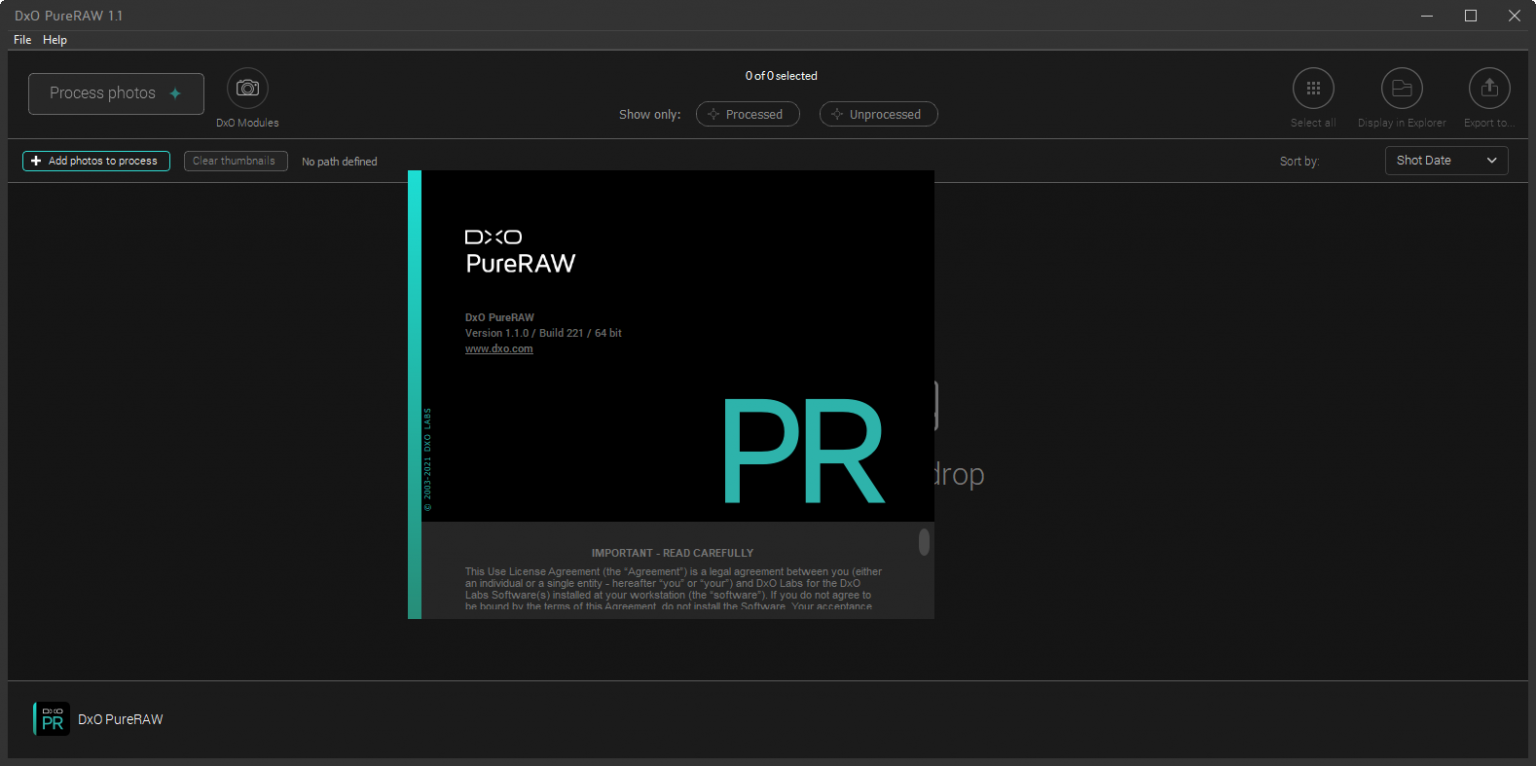
I can then process the DNG files in Lightroom and/or Photoshop to produce a finished image. I then apply my default RAW file adjustment in DxO PhotoLab before exporting the images back to Lightroom as DNG files. Once I know the images I want to process, I export them to DxO PhotoLab using a Lightroom plugin. After that I sort and rate the images to find the best ones to process further. I start by importing the RAW files from my memory card to Lightroom which adds them to my Lightroom Catalog. The following illustrates how I use the two applications together. One of these is DxO PhotoLab (affiliate link) which I like to use for Micro 43 RAW file processing as the lens correction is excellent. But when it comes to the likes of Fuji, Sony, and Micro 43 RAW files, I believe there are better options. Now before you disagree with that last point, I want to stress that I don’t have issues with the results when processing many of the Canon and Nikon RAW files. Unfortunately, what Lightroom doesn’t do all that well is process some of my RAW files. The Lightroom Library module is also an excellent tool and does everything that I want it to. If I move to another library management tool, I will likely lose some or possibly all of this.

I’ve been using it for this since 2008 and have a lot of historic metadata and image adjustments in my Lightroom Catalog. My Photolab and Lightroom WorkflowĪlthough I use several RAW converters, I always use Lightroom to manage my images. I’ve also added a video at the end where you can see this integration between DxO PhotoLab and Lightroom. Some of the problems you might encounter as well as how to fix them.How the integration between DxO PhotoLab and Lightroom works, and.

So, in this article I’m going to explain: This generated quite a lot of interest, particular about the workflow I use. As part of this I looked briefly at integrating DxO PhotoLab and Lightroom. Recently I posted a video explaining how to replace DxO PureRAW with DxO Photolab.


 0 kommentar(er)
0 kommentar(er)
